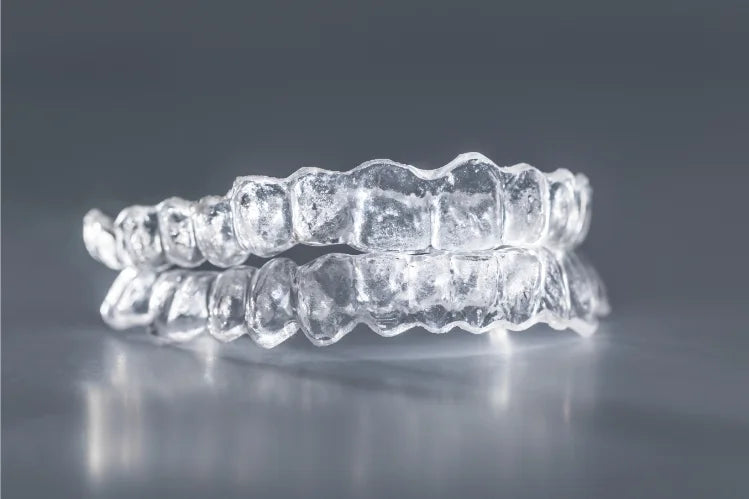Table of Contents
Orthodontics is a growing field, and with that, so is the use of clear aligners, which is becoming a very common method of teeth straightening. Although they provide an unnoticeable and comfortable substitute for regular braces, one must also think about how they affect the environment from their production to the time they are thrown away.
The Production Phase
The production process of clear aligners is the first step to their environmental impact. It is made from many different materials, the main ones being thermoplastic polymers, which are made from petroleum. Here are a few factors to consider:
- Resource Extraction: Oil extraction also leads to the destruction of habitats and pollution.
- Energy Consumption: The manufacturing processes use up a lot of energy (usually from non-renewable sources), and therefore, they leave a larger carbon footprint.
- Waste Generation: Waste is simply the result of inefficient production, and it does hurt the world.
While the field of orthodontics is always changing, companies like ALIGNERCO are working on making the manufacturing of clear aligners more green. They are using advanced technology and streamlined manufacturing systems to minimize waste and energy consumption.
The Usage Phase

Clear aligners are worn for months at a time once they're prescribed, so during that period, their impact on the environment is not that large. They are good for dental hygiene as it leads to better health. Additionally, clear aligner providers such as ALIGNERCO are usually made to be worn at home, so there are fewer visits to the office and therefore fewer transport emissions.
The Disposal Phase
The disposal of clear aligners presents significant environmental concerns. Because they are made from plastic and take hundreds of years to decompose in landfills. To address this issue, it is crucial to consider:
- Recycling Options: At present, the options for recycling clear aligners are minimal, but many companies are researching take-back programs to minimize waste.
- Alternatives: Choosing brands that focus on sustainability, like ALIGNERCO, can help mitigate environmental impact.
Conclusion
It is important to know how clear aligners affect the environment to make smart decisions. From their production, which, by the way, has its environmental cons, to their disposal, clear aligners have waste that cannot be swept under the rug. However, with companies like ALIGNERCO, where sustainability and innovation are one of the main focuses, a person can get their teeth straightened, and know that they're making the world a little greener. Going "green" is not some kind of fad but something that we all are accountable for.
FAQs
What materials are clear aligners made from, and how do they impact the environment?
The clear aligners are mostly made out of thermoplastic polymers, which come from petroleum. Production of these types of materials leads to depletion, energy usage, and waste, all of which are environmental issues.
How do clear aligners contribute to CO2 emissions?
Clear aligners produce less CO2 emissions than regular braces because there are fewer office visits. Companies like ALIGNERCO provide at-home alternatives, which eliminate some of the transportation emissions produced by going to and from the orthodontist.
What do people do with clear aligners when they are no longer usable?
They are all thrown in a landfill and take hundreds of years to decompose since it is plastic. Although there are not many recycling options, companies that care about sustainability, such as ALIGNERCO, can help reduce the harm done to the environment.













